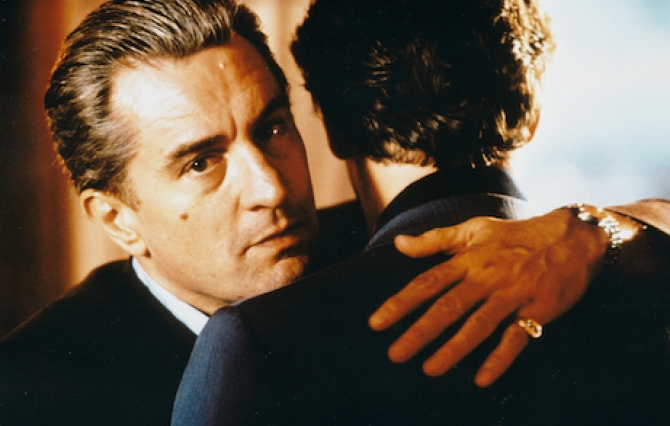𝑻𝑯𝑰𝑺 𝑰𝑺 𝑪𝑰𝑵𝑬𝑴𝑨 𝑷𝑨𝑹𝑻 12 -𝑫𝒂𝒓𝒓𝒆𝒏 𝑨𝒓𝒐𝒏𝒐𝒇𝒔𝒌𝒚 :
Darren Aronofsky is known for his distinct and often provocative filmmaking style that delves into the psychological and emotional extremes of human experience. His work is intense, visually striking, and highly atmospheric, and he frequently explores themes of obsession, self-destruction, and the boundaries of reality. Aronofsky’s films are often divisive, but they have earned him a reputation as a bold and visionary director.
Requiem for a Dream (2000)
“Requiem for a Dream” is one of Aronofsky’s most impactful films, and it remains a defining work in his career. Based on Hubert Selby Jr.’s novel, the film examines the devastating impact of addiction on four individuals: a mother, her son, his girlfriend, and his best friend. Through intense performances—especially Ellen Burstyn’s haunting portrayal of Sara Goldfarb—the film captures the descent into addiction with unrelenting realism and brutality.
Aronofsky’s stylistic choices, such as rapid-cut montages, split screens, and disorienting close-ups, mirror the characters’ fractured mental states, drawing viewers into their downward spiral. Clint Mansell’s score, particularly the now-iconic “Lux Aeterna,” complements the film’s dark tone. Although it is hard to watch and emotionally harrowing, “Requiem for a Dream” is praised for its unflinching honesty and remains one of the most powerful depictions of addiction in cinema.
Black Swan (2010)
“Black Swan” solidified Aronofsky’s reputation in mainstream cinema and earned Natalie Portman an Academy Award for her intense portrayal of Nina Sayers, a ballerina descending into madness as she prepares for the role of a lifetime. The film is a psychological horror that blends elements of the thriller and supernatural genres, exploring themes of identity, obsession, and the sacrifices required for art.
In “Black Swan,” Aronofsky explores the dualities of light and darkness, innocence and corruption, and perfection and self-destruction. The visual style, with its haunting use of mirrors and shadows, reflects Nina’s fractured psyche as she loses herself in her role as both the White Swan and Black Swan in “Swan Lake.” The film is unsettling and seductive, drawing audiences into Nina’s paranoia and obsession with perfection, making it one of Aronofsky’s most compelling works.
The Fountain (2006)
“The Fountain” is perhaps Aronofsky’s most ambitious and polarizing film. It follows three interwoven stories across different timelines—a Spanish conquistador searching for the Tree of Life, a contemporary scientist trying to cure his wife’s cancer, and a futuristic figure traveling through space. These storylines explore themes of love, loss, and the search for eternal life.
With Hugh Jackman and Rachel Weisz as the leads, the film is visually poetic, filled with stunning imagery and intricate symbolism. Unlike the stark realism of “Requiem for a Dream” or the psychological intensity of “Black Swan,” “The Fountain” feels more abstract, and its experimental nature left audiences divided. For some, it is a moving meditation on life and death; for others, it is overly complex and esoteric. Regardless, “The Fountain” showcases Aronofsky’s willingness to tackle challenging themes with a uniquely artistic approach.


